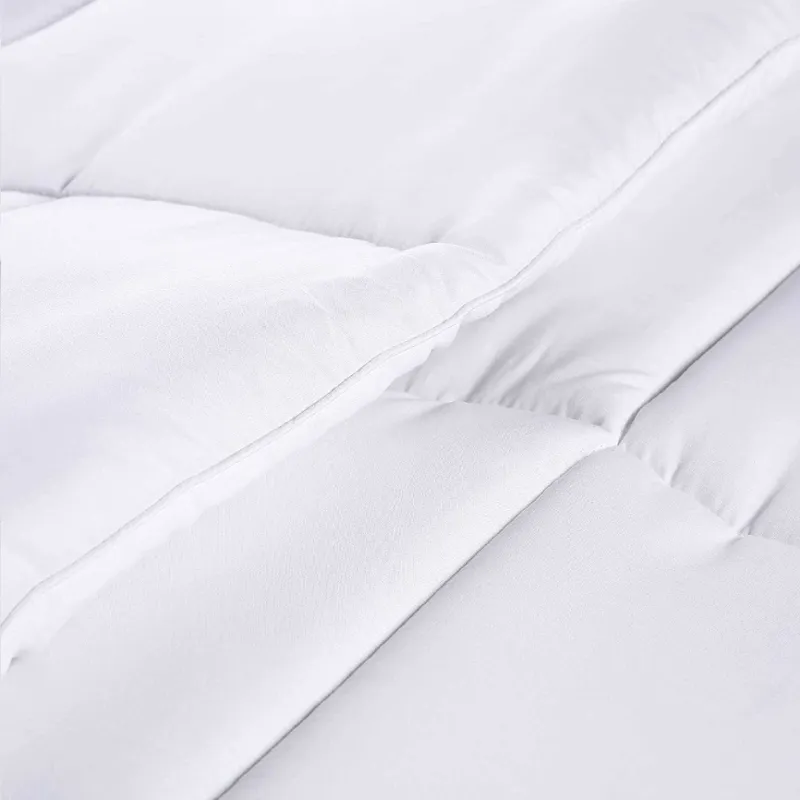what is the inside of a duvet called
The Inner Workings of a Duvet Understanding What’s Inside
When it comes to bedding, a duvet is often considered a staple for comfort and warmth. However, many people may not realize that there’s more to a duvet than just its outer fabric. The inside of a duvet has its own unique characteristics and materials that contribute to its overall functionality. In this article, we will explore what the inside of a duvet is called, the materials it typically contains, and the various factors that influence its quality and performance.
What is the Inside of a Duvet Called?
The inner filling of a duvet is commonly referred to as the duvet filling or the duvet inner. This filling serves as the main source of insulation and warmth, making it a crucial component of the duvet. The choice of duvet filling can significantly affect the duvet's weight, warmth, breathability, and overall comfort.
Types of Duvet Fillings
1. Natural Fillings - Down Down feathers, which come from ducks or geese, are highly prized for their lightweight and excellent insulating properties. Down duvets are soft, fluffy, and provide a luxurious feel. They trap heat effectively while still allowing for breathability. However, down can be more expensive and may not be suitable for those with allergies. - Feather Feather fillings provide more weight and firmness compared to down. They offer good insulation but might not be as soft or warm as pure down. - Wool Wool duvets are known for their temperature-regulating properties, keeping you warm in winter and cool in summer. They are also naturally hypoallergenic and resistant to dust mites. - Cotton Cotton-filled duvets are breathable and can be a great choice for those who prefer a natural and lightweight option. While they may not provide the same level of warmth as down or wool, they are often easier to care for.
2. Synthetic Fillings - Polyester Synthetic duvets filled with polyester fibers are a popular budget-friendly option. They can mimic the softness of down and are often hypoallergenic, making them suitable for allergy sufferers. However, they may not offer the same level of breathability or longevity as natural options. - Microfiber Microfiber duvets utilize ultra-fine synthetic fibers that create a soft, plush feel. They are lightweight and can provide good insulation, but may not be as breathable as natural fillings.
what is the inside of a duvet called

Factors to Consider When Choosing a Duvet Filling
1. Allergies If you suffer from allergies, you may want to opt for hypoallergenic fillings like synthetic fibers or wool, which are less likely to harbor allergens. 2. Climate Your local climate can heavily influence your choice. For cold winters, a down or wool duvet might be the best option, while a lightweight cotton or synthetic duvet could be perfect for warmer climates.
3. Care Requirements Different duvet fillings have varying care requirements. Down and wool may require special cleaning, while many synthetic options can be machine-washed and dried.
4. Budget The cost of a duvet can vary widely based on the filling material used. Natural fillings like down are generally more expensive than synthetic options, so it’s important to consider your budget.
Conclusion
Understanding what’s inside a duvet—and what it’s called—can greatly enhance your bedding experience. Whether you prefer the luxurious feel of down, the warmth of wool, or the budget-friendly nature of synthetic fillings, making an informed choice will ensure you have the perfect duvet for your needs. With the right duvet filling, you can enjoy a restful night’s sleep, wrapped in comfort and warmth, regardless of the season. So next time you snuggle up under your duvet, take a moment to appreciate the science and craftsmanship behind its inner workings.
-
Elevating Comfort and Quality with the Right Bed LinenNewsJul.07, 2025
-
Bedding Essentials: From Percale Sheets to White Quilts, Finding Your Perfect Sleep HavenNewsJul.07, 2025
-
Choosing the Right Bedding for a Comfortable and Stylish BedroomNewsJul.07, 2025
-
Understanding the Diverse World of Towel TypesNewsMay.29, 2025
-
The Ultimate Comfort: Discover the Benefits of Polycotton SheetsNewsMay.29, 2025
-
Experience Luxury with 1800 Brushed Microfiber SheetsNewsMay.29, 2025
-
Elevate Your Sleep with Luxurious Hotel Sheets for SaleNewsMay.29, 2025






